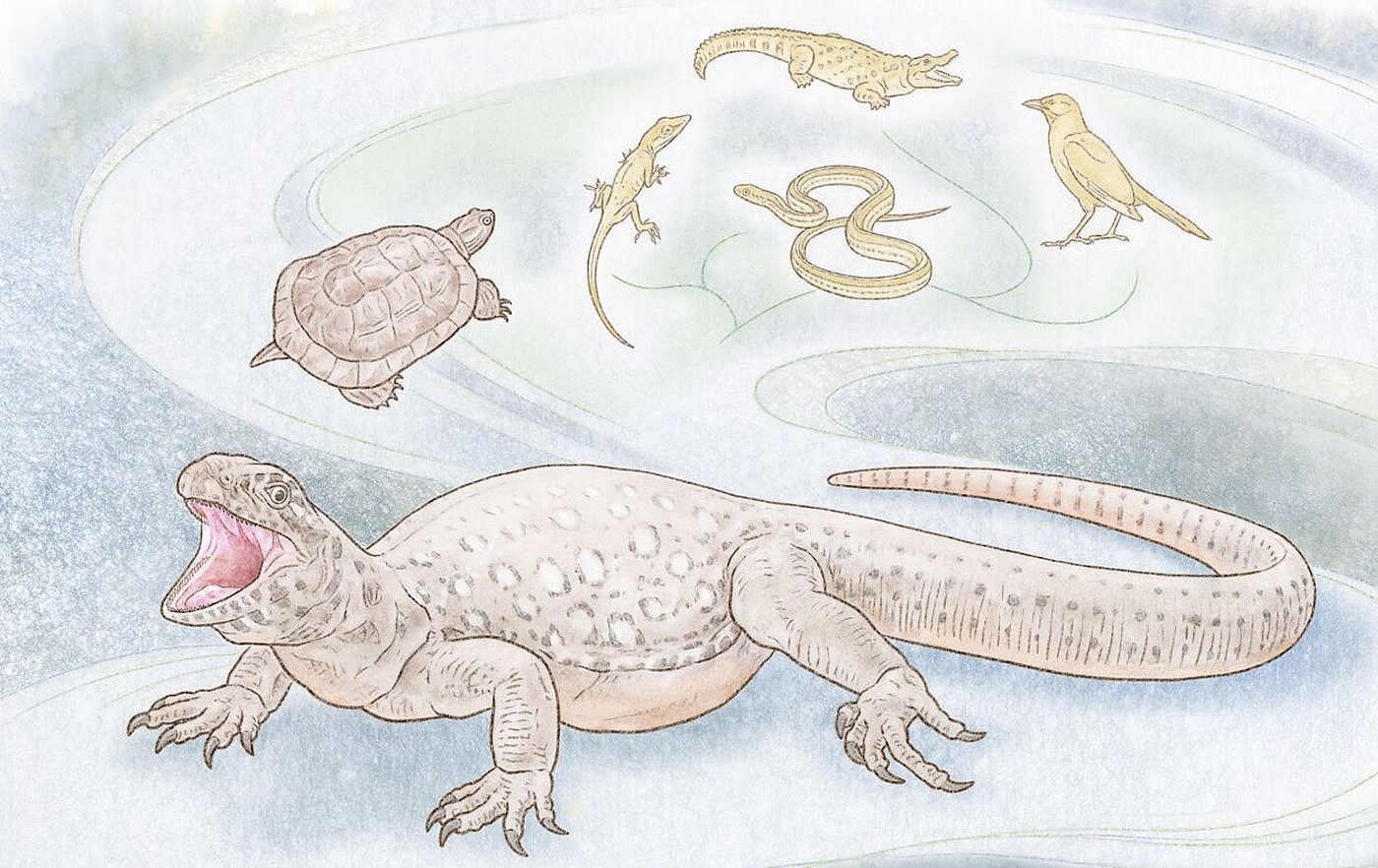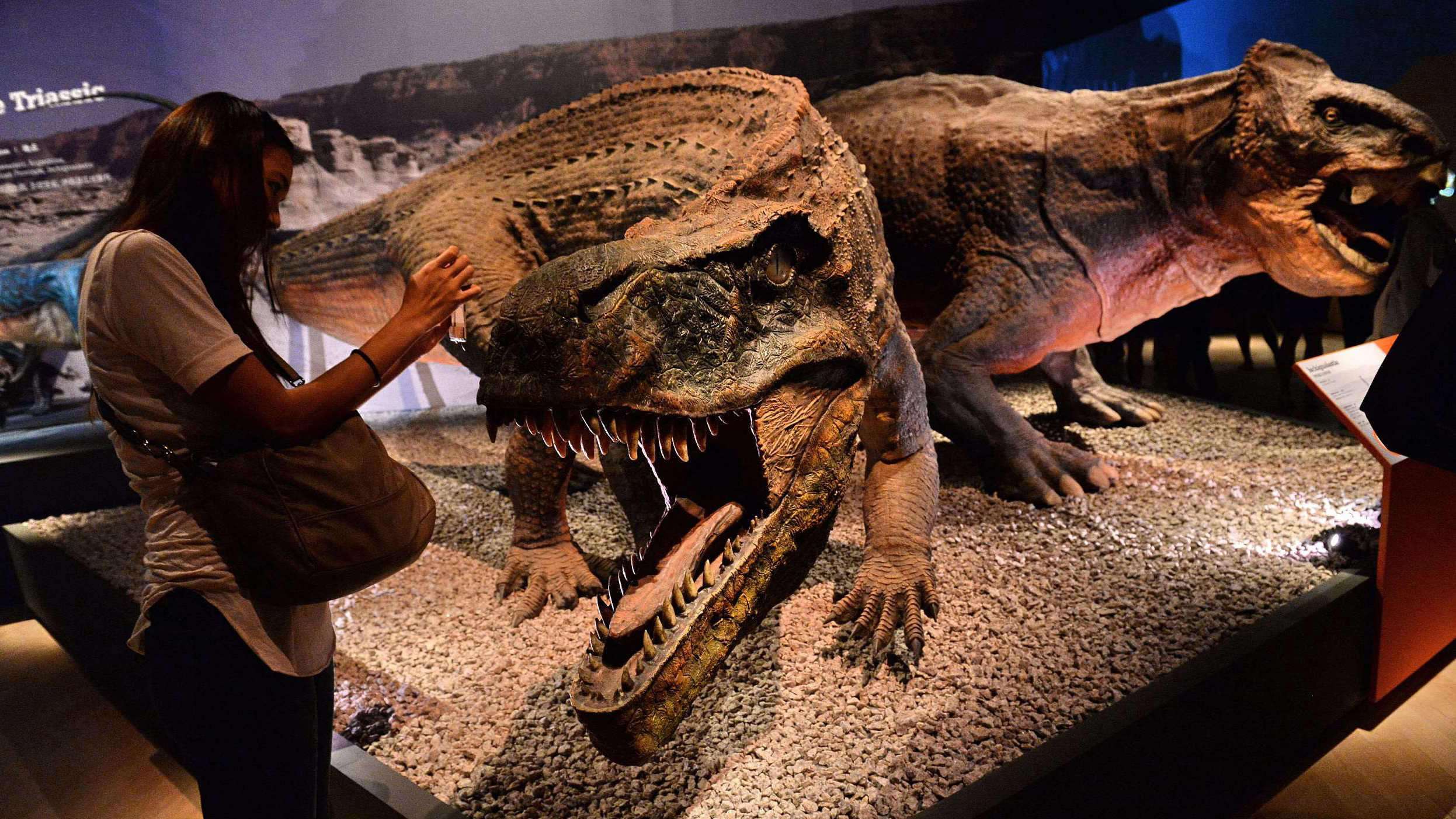New research of two tiny fossils found in the 1990's has helped scientists reveal the backstory of the most mysterious amphibian alive and expand the timeline of amphibious animals’ evolution by at least 15 million years, according to a recent study published in Proceedings of the National Academy of Sciences.
Called "Chinlestegophis jenkinsi," the two tiny fossils are regarded as the oldest relative of the most mysterious group of amphibians – caecilians, who live underground and range in size from six inches to five feet today. Finding the two fossils also closes the gap in early caecilian evolution.

There are fewer than 200 modern species of caecilians in the world. /VCG Photo
"Our textbook-changing discovery will require paleontologists to re-evaluate the timing of the origin of modern amphibian groups and how they evolved," said Adam Huttenlocker, senior author of the study and an assistant professor at the Keck School of Medicine of University of Southern California.
Currently, there are fewer than 200 modern species of caecilians in the world, and most of them live in South America, Africa, and Southeast Asia.
In the late 1990's, the two ancient fossils, preserved in the fossilized burrows of Eagle County, were discovered by Bryan Small from Texas Tech University.
"20 to 30 years ago, we weren't even sure of the origins of birds. But now, we are solving some of the final remaining mysteries when it comes to what sorts of animals the major vertebrate groups evolved from," said Jason Pardo, the lead author of this study, adding that caecilians, turtles and some fish are the only major vertebrate groups that paleontologists still have questions about.
(Source: Xinhua)








